“He Looks Like Neither Parent,” Justin Timberlake and Jessica Biel’s Son’s Ultra-Rare Appearance Causes a Stir

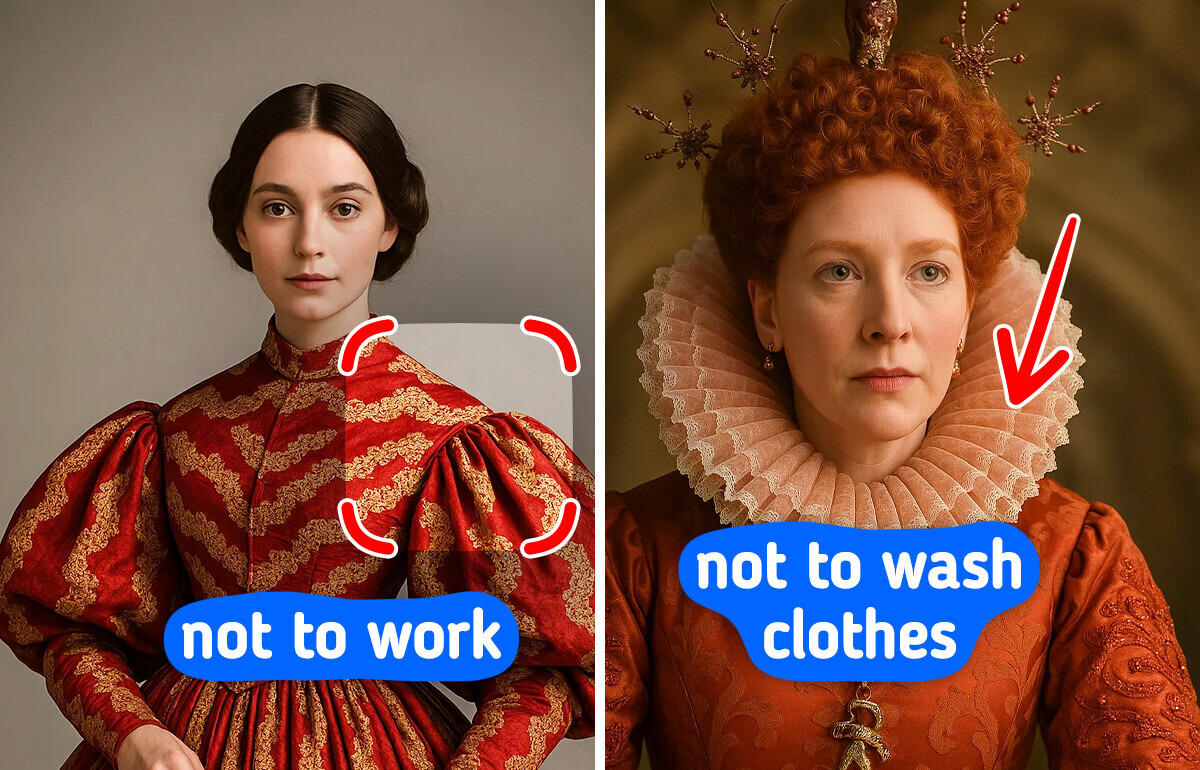
Throughout history, fashion has featured many garments that appear extravagant or puzzling at first glance. From rigid corsets to bizarrely shaped hats, these once-popular items served purposes that are not immediately obvious today. Yet behind their unusual designs lay practical functions or symbolic meanings—insights that only become clear when considered within the historical context of their time.
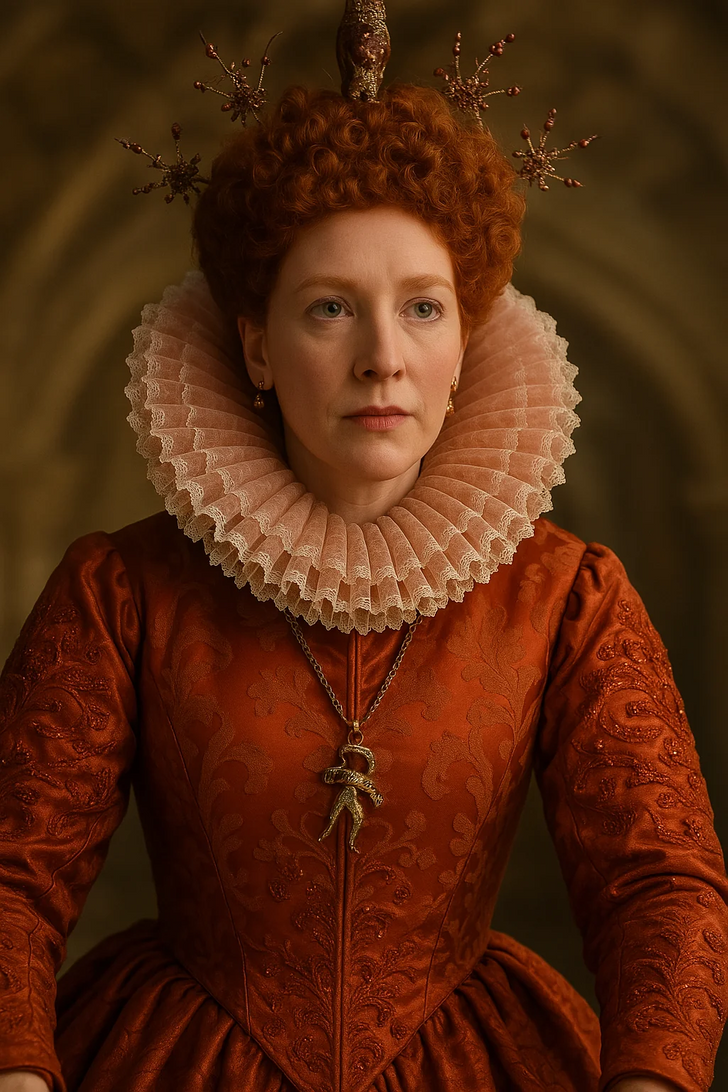
In Tudor England, the ruff collar emerged as a distinctive marker of status and sophistication among the elite. Beyond its dramatic flair, the ruff served a clever hygienic function—it acted as a barrier that protected garments from sweat and oils around the neck, allowing people to not wash clothes frequently. Since the ruff was detachable, it could be laundered independently, reducing the need for cleaning of the more elaborate and harder-to-wash clothing beneath.
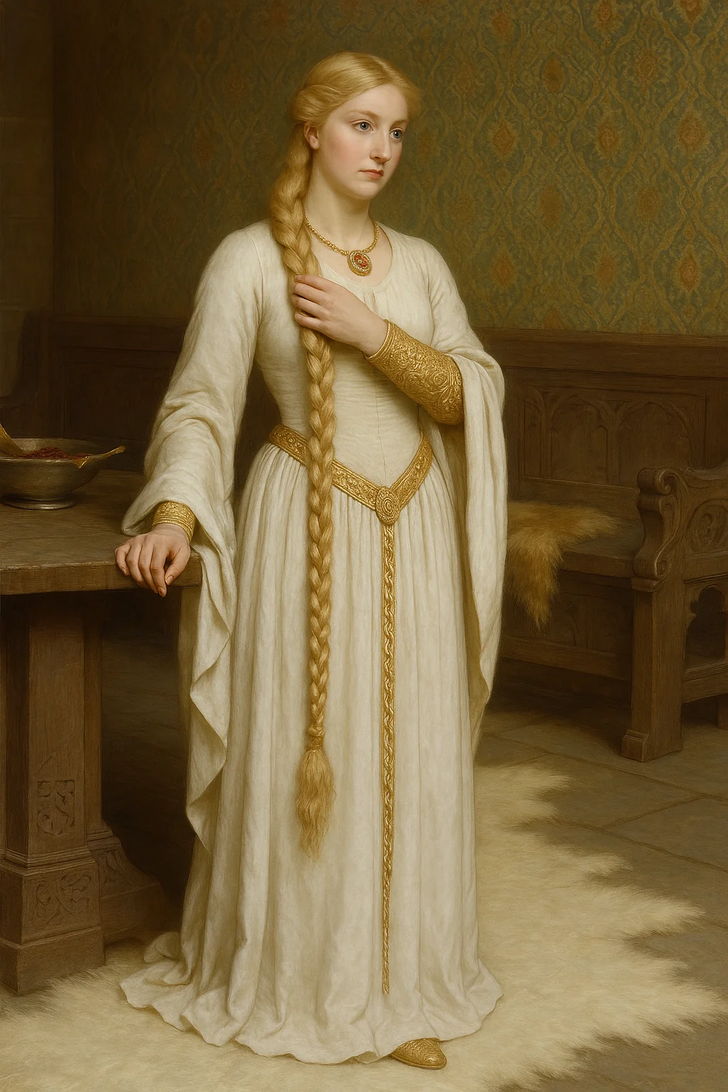
In the Middle Ages, a popular fashion among women—and occasionally men—was the bliaut, a flowing garment known for its exceptionally long, trailing sleeves. While these exaggerated sleeves might appear inconvenient by today’s standards, their impracticality was intentional. Wearing such elaborate attire signaled that the wearer belonged to the upper class, wealthy enough to avoid manual labor and surround themselves with luxury for display rather than function.

The himation was a versatile cloak commonly worn in Ancient Greece, serving both practical and symbolic purposes. For women, it went beyond simple outerwear—this draped garment could be drawn up to cover the body entirely, even concealing the head or hide emotions. In moments of emotional intensity or modesty, women would use the himation to veil themselves, using the fabric as a means of expressing restraint, privacy, or decorum in public life.
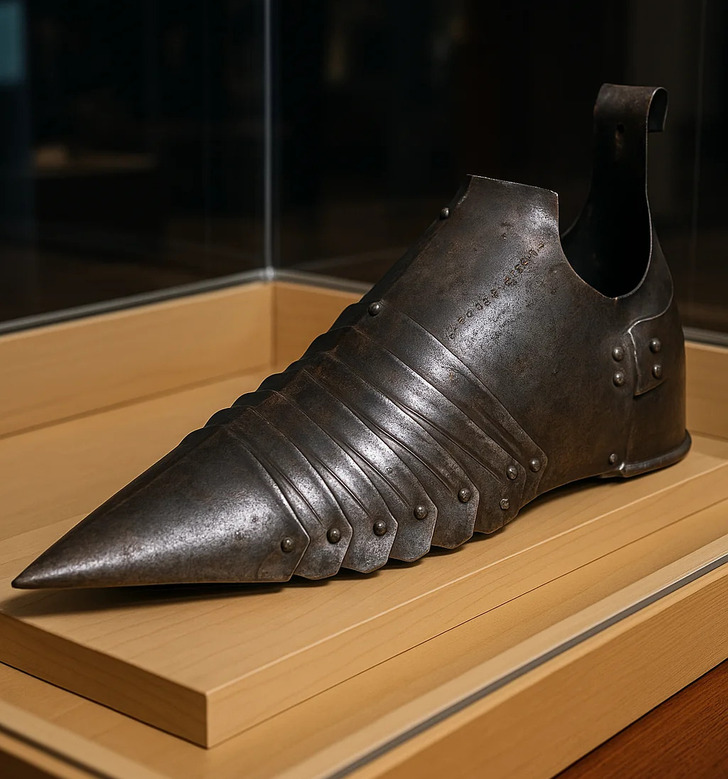
The solleret was a type of armored footwear worn by knights, crafted as an integral part of their battle attire. Composed of overlapping metal plates or strips, this segmented design offered both protection and flexibility. Beyond shielding the feet, sollerets played a practical role in mounted combat—their structure helped knights maintain a firm and stable grip in the stirrups, enhancing control and balance while riding into battle.
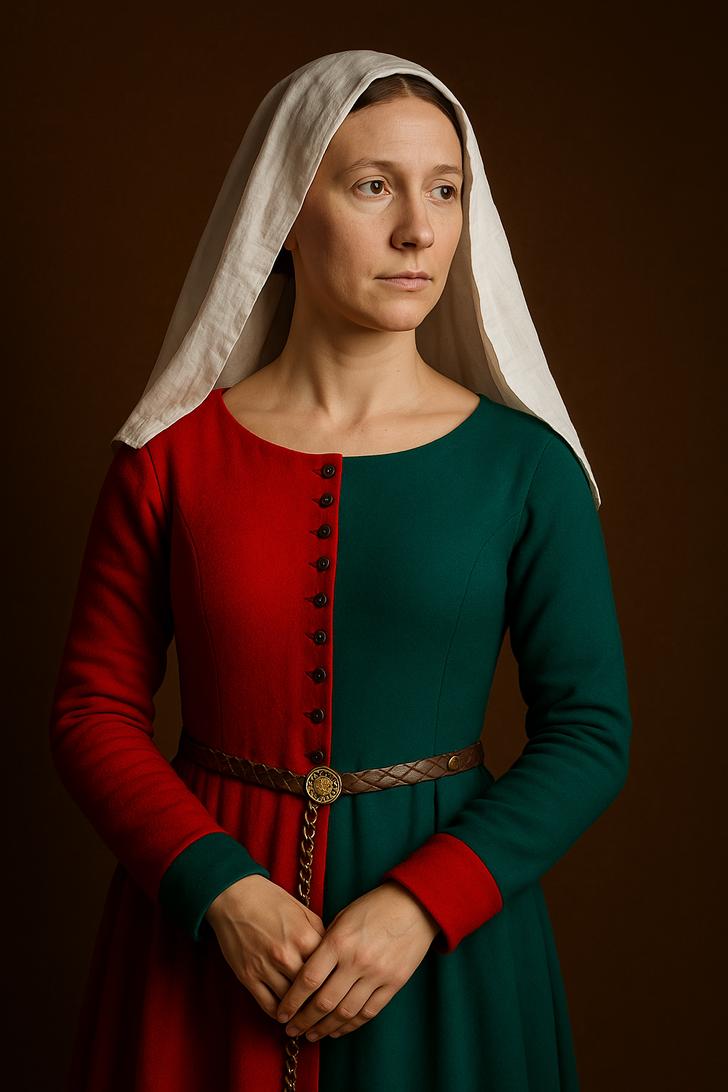
In medieval artwork, one can often spot figures dressed in garments split vertically into two contrasting colors—a style known as mi-parti. This distinctive fashion wasn’t merely decorative; it served a clear social function. Typically worn by servants, the dual-color design initially signified the wearer’s rank within the household. Over time, these color combinations evolved to represent the livery of specific noble families, turning clothing into a visual badge of allegiance and service.

In 1571, the English government introduced a law to boost the domestic wool industry by mandating that everyone over the age of six wear a woolen cap on Sundays and holidays. This regulation aimed to support local cap makers and stimulate wool production. Although the law was officially abolished in 1597, the practice of wearing woolen caps persisted, becoming a familiar tradition among the population long after the legal requirement faded.
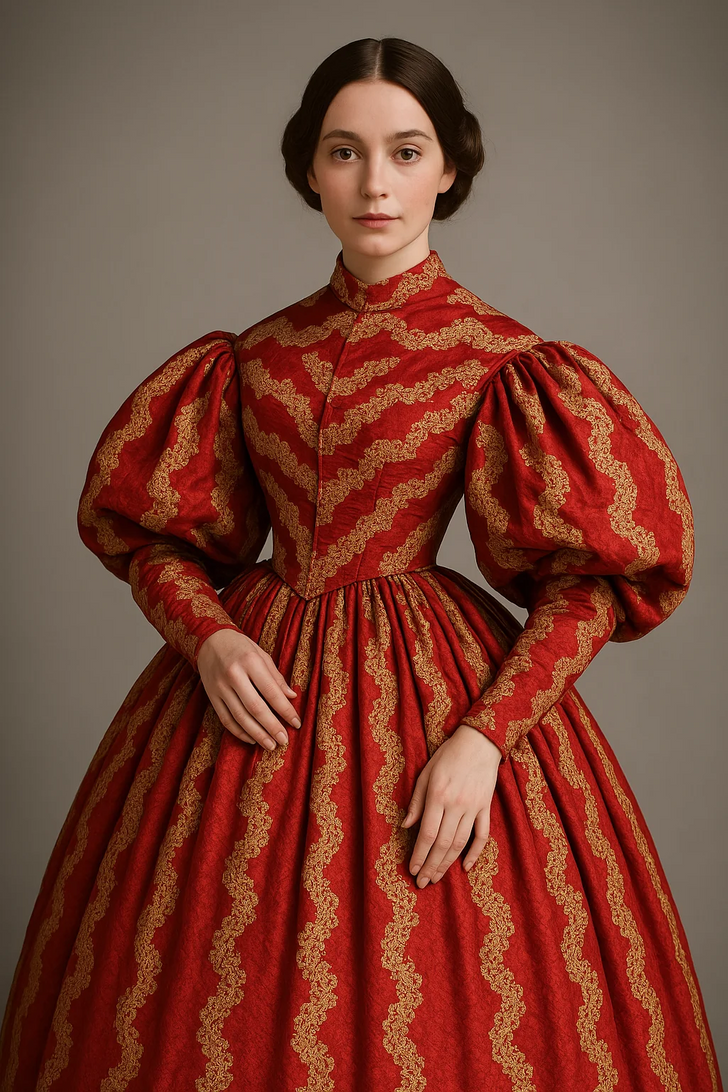
Dresses featuring oversized gigot sleeves—also known as leg-of-mutton sleeves—were more than just a fashion statement. Much like the earlier bliauts, these dramatic sleeves signaled a woman’s elite status by emphasizing her detachment from physical labor and preference not to work; their exaggerated size made lifting the arms nearly impossible. Beyond symbolizing wealth and refinement, the sleeves played a clever visual trick: when paired with a full skirt and an open neckline, they created the illusion of a much smaller, cinched waist, reinforcing the era’s ideal of feminine beauty.
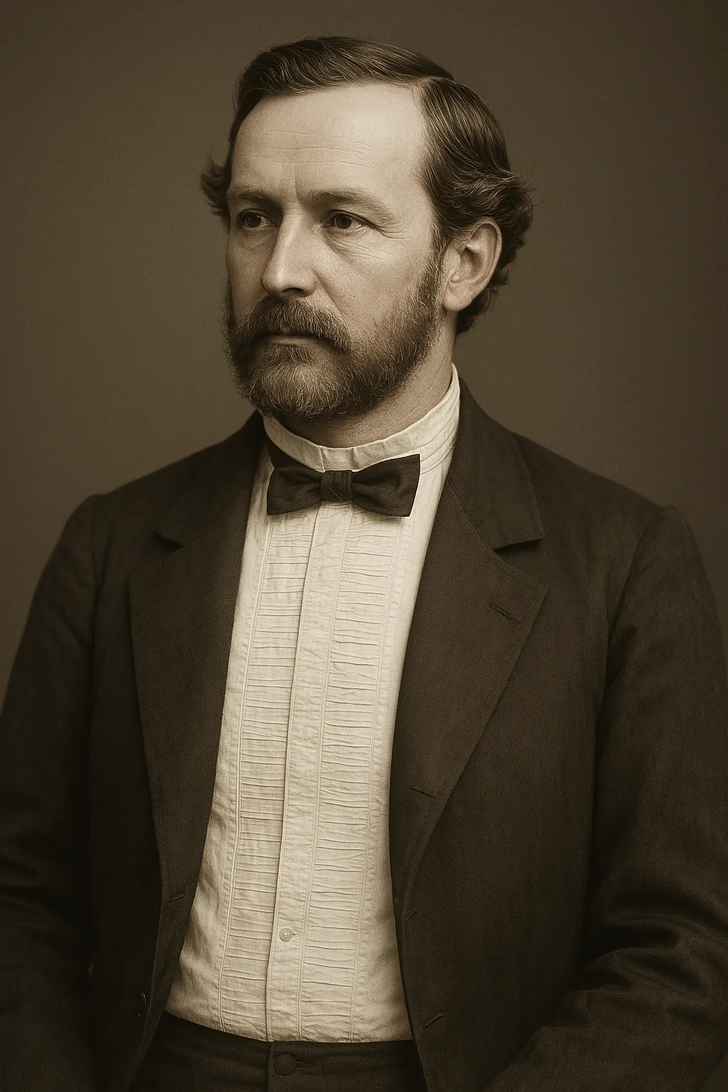
In the late 19th century, the tuxedo front became a practical yet stylish solution for men required to wear suits daily, especially in business settings. This detachable chest piece, complete with a collar, was designed to be worn under a jacket to give the appearance of a crisp, freshly laundered shirt. For many businessmen who couldn’t afford to wash full shirts frequently, tuxedo fronts offered an affordable alternative. Easy to clean and maintain, they not only saved time and money but also masked worn or stained garments underneath—earning comparisons to make-up for their ability to conceal flaws and maintain a polished look.
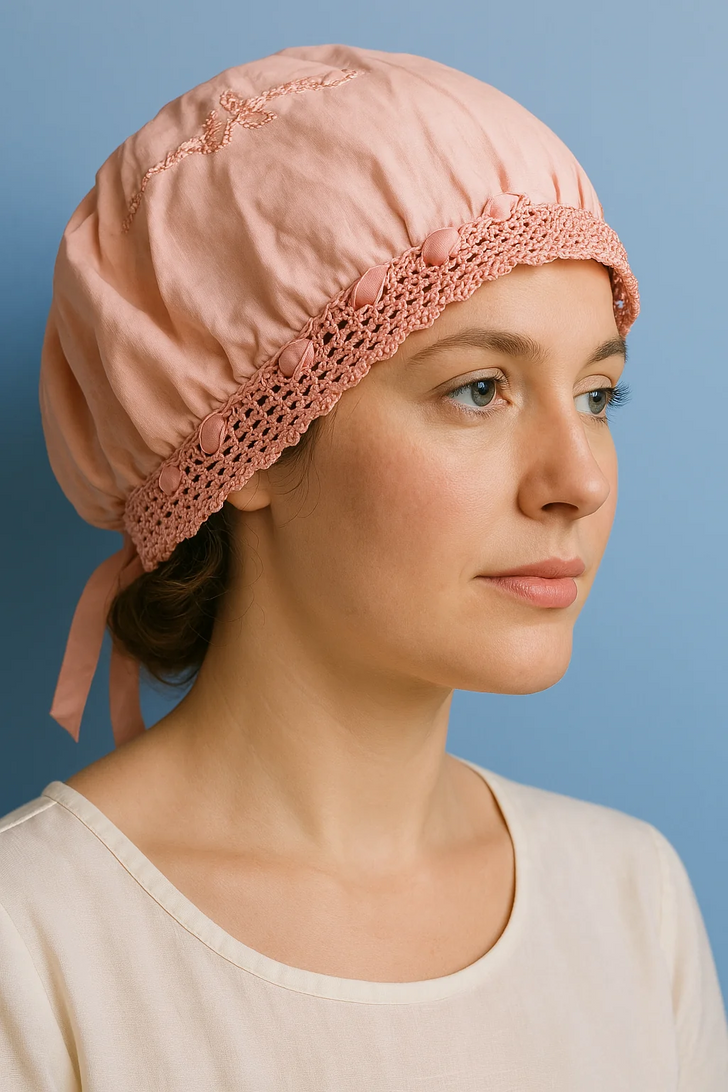
In the Victorian era, nightcaps were a bedtime staple for women, children, and the elderly, serving both practical and cultural purposes. However, by the early 20th century, these once-essential garments fell out of favor and were soon associated with outdated fashion and poor taste. Interestingly, around 1910, women began to reintroduce them into their nightly routines—this time with a renewed focus on hair care.
Silk evening caps gained popularity for their ability to protect the hair during sleep. They helped maintain softness and shine, minimized tangling, and made morning grooming far easier. Some variations were even infused with pleasant scents, allowing women to wake with hair that not only looked good but smelled lovely too. Far from being mere remnants of the past, these caps became early tools in the evolving world of beauty and self-care.
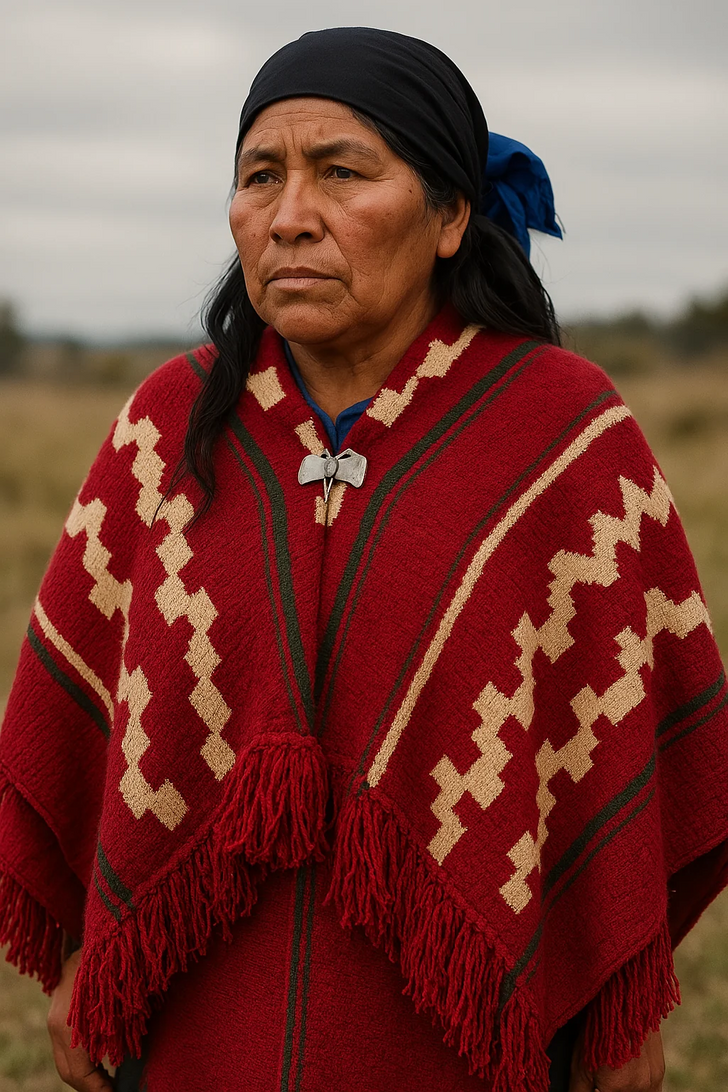
The poncho, while widely recognized today as a practical outer garment, held deeper cultural significance in various traditional societies. Beyond providing warmth and protection from the elements, it often served as a visual expression of identity and social rank. Among the Mapuche people of South America, for instance, the poncho was more than just clothing—it was a symbol of authority and respect. A distinctive rhomboid pattern woven into the fabric was reserved for elders and community leaders, signifying their power and role within the group. These patterned ponchos were worn during significant ceremonies, reinforcing the wearer’s status through meaningful design.
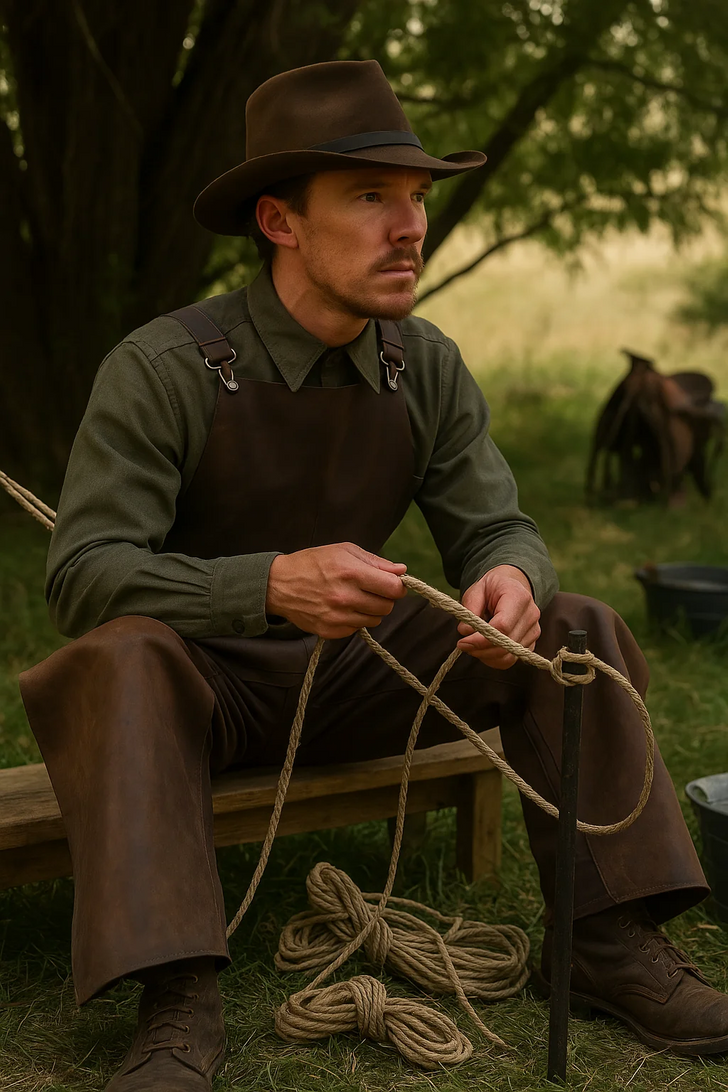
Sharp-eyed movie fans might recognize a classic detail in Old West films: cowboys often wore fringed leather coverings over their pants, fastened with a belt. These are called chaps—short for chaparejos—and they were a staple of cowboy gear, not for style, but for survival.
Chaps served as a rugged layer of protection against the harsh terrain of the American frontier. When riding through thorny brush, cacti, or dense undergrowth, cowboys risked serious scrapes and cuts to their legs. Made of durable leather, chaps shielded them from these dangers. Additionally, the material offered better grip and comfort in the saddle, reducing slippage—something ordinary fabric trousers couldn’t manage nearly as well. They were a practical solution to the everyday challenges of life on horseback.
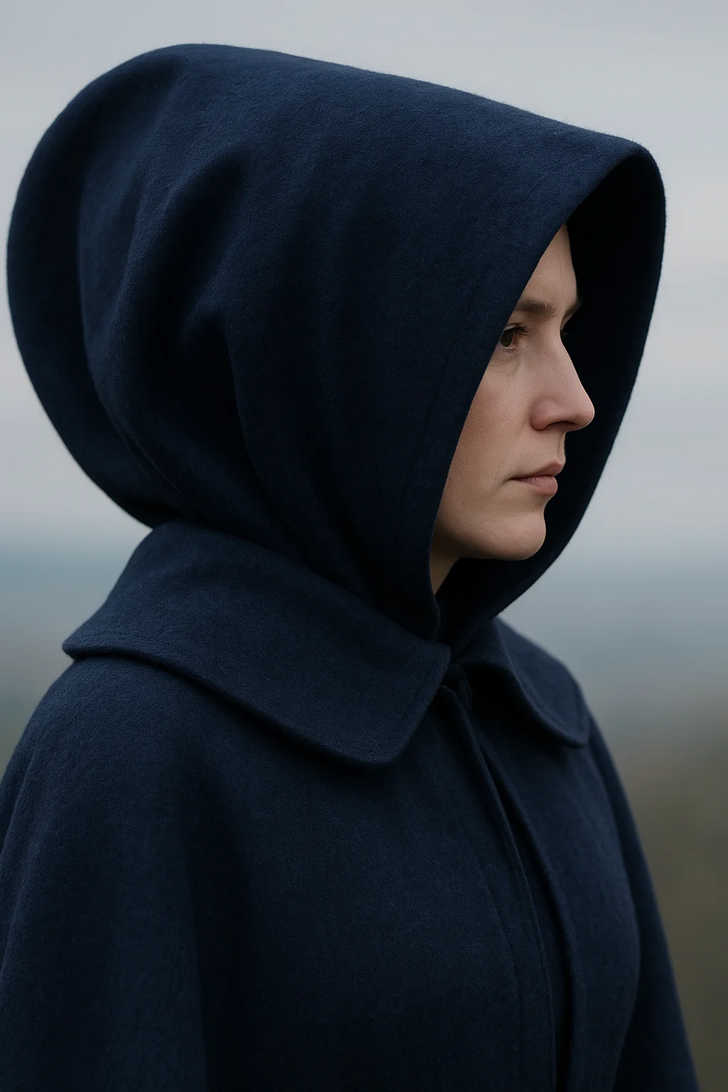
Until the 1930s, Azores residents wore traditional blue cloaks called capote e capelo, featuring large hoods supported by whalebone frames. These garments reflected local life—blue dye export and whaling were key to the islands’ economy. Passed down through generations, the cloaks also symbolized the region’s main occupations and cultural identity.
Fashion evolves with time, reflecting shifts in culture, technology, and lifestyle. In this piece, we explore how some iconic garments have transformed over the past century—tracing their journey from practical necessity to style statement.
10 Ordinary Pieces of Clothes That Have Gone Through Several Transformations in the Past Century











